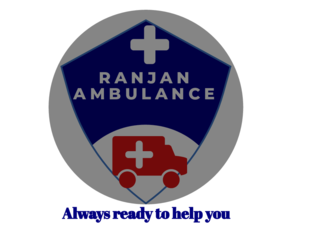
Ambulance Services in Khagaria: A Lifeline in Emergencies
Introduction
In Khagaria, like in many parts of India, access to timely medical care can often mean the difference between life and death. The role of ambulance services in this context is crucial, as they are often the first point of contact for patients needing urgent medical attention. This article explores the landscape of ambulance services in Khagaria, their challenges, advancements, and their impact on healthcare accessibility.
Importance of Ambulance Services
Ambulance services play a pivotal role in providing emergency medical care by transporting patients swiftly and safely to healthcare facilities. In Khagaria, where infrastructure and access to healthcare can be limited in certain areas, ambulances serve as a vital link in the healthcare chain. They ensure that patients receive timely treatment, reducing morbidity and mortality rates associated with delayed medical attention.
Types of Ambulance Services
In Khagaria, there are primarily two types of ambulance services:
Basic Life Support (BLS) Ambulances:
Equipped with essential medical equipment such as oxygen cylinders, stretchers, and first aid kits.
Staffed with paramedics trained in basic life-saving techniques.
Used for transporting patients who require non-emergency medical care or those stable enough to travel without intensive medical intervention.
Advanced Life Support (ALS) Ambulances:
Equipped with advanced medical equipment including cardiac monitors, ventilators, and medications.
Manned by paramedics and sometimes doctors trained to provide critical care during transport.
Deployed for patients requiring intensive medical monitoring and intervention, such as trauma cases, cardiac emergencies, or severe
